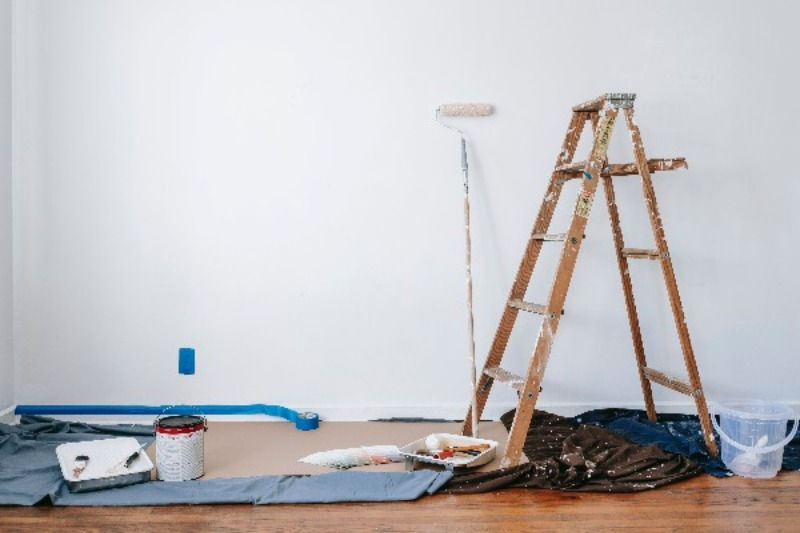When embarking on a painting project, the choice of plaster can significantly impact the final result. Whether it's for an exterior façade or an interior wall, the type of plaster used lays the foundation for your paint's appearance and longevity. Plasters vary in texture, absorbency, and suitability for different environments, making it crucial to select the right one. This guide aims to demystify the process, helping you choose the ideal plaster for your painting needs.
Moreover, understanding the characteristics of different plasters is key. Traditional plasters, like gypsum or lime, offer a classic look and feel, often favored in historical or period homes. Meanwhile, modern synthetic plasters provide greater flexibility and moisture resistance, making them suitable for a variety of contemporary spaces. This knowledge allows homeowners and decorators to make informed decisions that align with both the aesthetic and functional requirements of their painting projects.

Before painting new plaster, it's essential to prepare the surface properly. Fresh plaster is highly absorbent, and applying paint directly can lead to uneven coverage and patchiness. To prevent this, using a sealer like Dulux sealer for plaster is recommended. This sealer acts as a barrier, allowing the paint to adhere smoothly and evenly. Ensuring your plaster is adequately sealed not only enhances the paint's appearance but also extends its durability.

Painting new plaster requires a careful approach. Begin with a thin, watered-down coat of paint, often referred to as a mist coat, which allows the paint to bond effectively with the plaster. After the mist coat dries, apply one or two more coats of your chosen paint, ensuring each layer is dry before applying the next. Avoid thick coats, as they may lead to cracking or peeling. Using the right tools, like high-quality brushes or rollers, can also make a significant difference in the finish. To have an approximation of the cost feel free to use our online calculator.
In addition to these steps, it's crucial to consider the type of paint you use. Water-based paints are generally recommended for new plaster, as they allow the material to breathe and dry out naturally. When applying subsequent coats, be sure to cover the surface evenly, paying attention to corners and edges where paint tends to accumulate. It's also advisable to maintain a consistent painting technique throughout the process to avoid streaks and ensure a smooth, even coat. Patience and attention to detail at this stage will pay off in the long run, leading to a more professional and lasting finish.

A common question among homeowners and DIY enthusiasts is how long to wait after plastering before painting. The answer varies, but typically, it's safe to paint after the plaster is completely dry, which can take anywhere from a few days to a week, depending on the plaster type and environmental conditions. The plaster should be dry to the touch and lighter in color before painting. Rushing this process can lead to issues like mold growth or paint flaking, so patience is key.
To achieve the best results when painting new plastered walls, follow these best practices: Choose the right type of plaster for your specific project, properly prepare the surface with a suitable sealer, and allow adequate drying time. When painting, start with a mist coat and follow up with uniform layers. Remember, a well-executed paint job not only enhances the aesthetic appeal of your space but also contributes to the longevity and resilience of your walls.